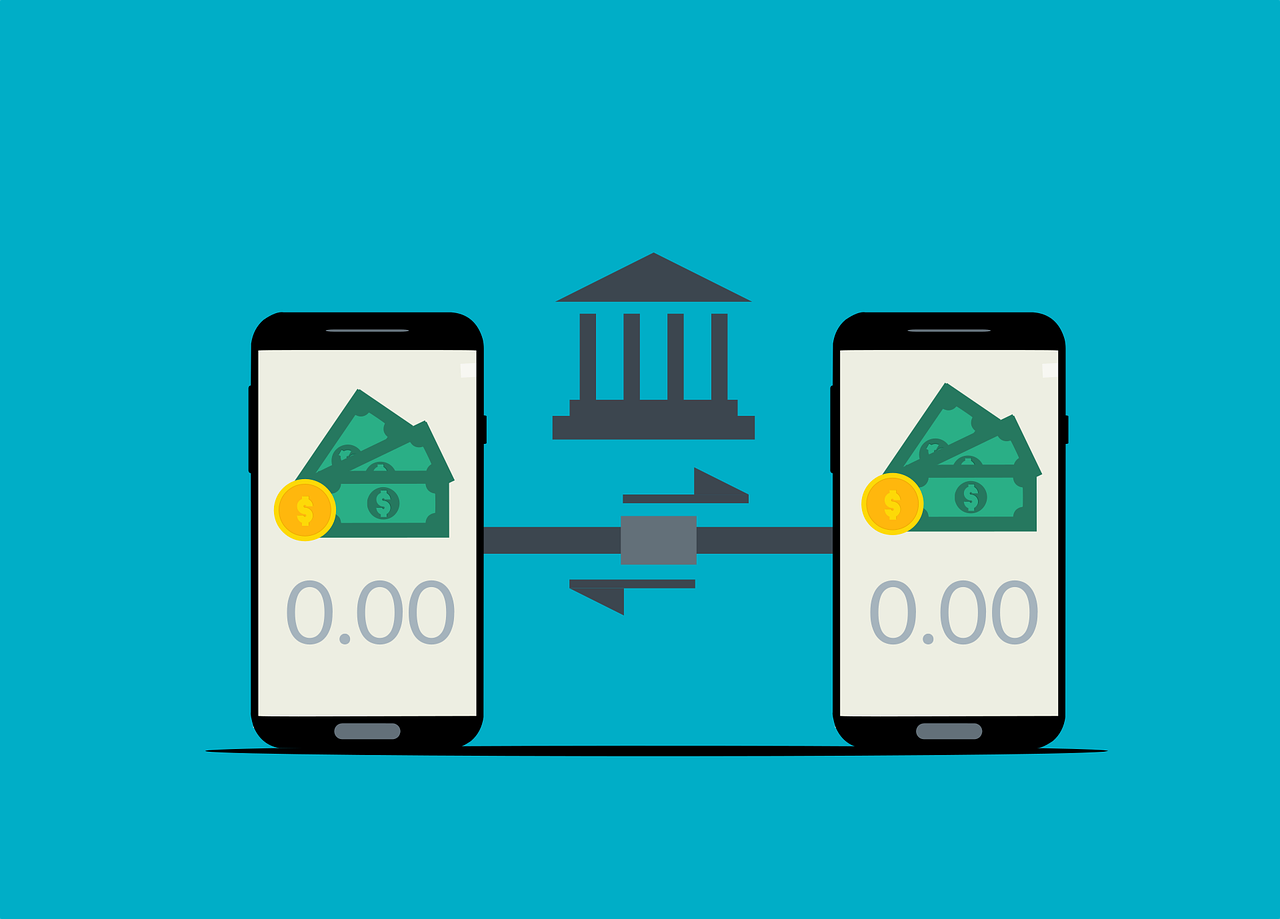The Pioneering Genius of Vitalik Buterin
When discussing the luminaries of the cryptocurrency world, one name inevitably stands out: Vitalik Buterin. As the co-founder of Ethereum, Buterin has significantly shaped the blockchain landscape, pushing the boundaries of what is possible with decentralized technology.
Early Life and Intellectual Formation of Vitalik Buterin
Vitalik Buterin entered the world on January 31, 1994, in Kolomna, Russia. His family emigrated to Canada when he was six, seeking better opportunities. Buterin’s intellectual curiosity was evident from a young age. He exhibited a profound aptitude for mathematics and programming, which set the stage for his future innovations.
Buterin’s educational journey was unconventional. He attended the Abelard School, a private high school in Toronto known for its rigorous academic environment. This setting allowed him to delve deeply into his interests, particularly in mathematics, computer science, and economics. His unique educational background fostered an analytical mindset that would later prove crucial in his blockchain endeavors.
Introduction to Bitcoin and Cryptocurrency
Buterin’s foray into the world of cryptocurrency began in 2011 when he discovered Bitcoin through his father. Fascinated by the concept of decentralized digital currency, Buterin started writing for Bitcoin Magazine, a publication dedicated to the emerging field. His articles demonstrated a deep understanding of Bitcoin’s technical and economic aspects, quickly establishing him as a thought leader in the community.
During this period, Buterin also contributed to various open-source projects, gaining hands-on experience with blockchain technology. However, he soon realized that Bitcoin’s scripting language was limited, which constrained the potential applications of the blockchain.
The Birth of Ethereum by Vitalik Buterin
The limitations of Bitcoin sparked an idea in Buterin’s mind: what if there was a more versatile blockchain that could support a wide range of applications beyond simple transactions? In late 2013, he published a white paper outlining his vision for Ethereum, a decentralized platform that would enable developers to create smart contracts and decentralized applications (dApps).
Ethereum’s core innovation was its Turing-complete programming language, which allowed for more complex and flexible contracts compared to Bitcoin’s limited scripting language. This breakthrough meant that Ethereum could serve as a foundational layer for various decentralized applications, from financial services to supply chain management.
In 2014, Buterin, along with co-founders Mihai Alisie, Anthony Di Iorio, Charles Hoskinson, Joseph Lubin, and Gavin Wood, launched a crowdfunding campaign to support the development of Ethereum. The campaign was a resounding success, raising over $18 million and highlighting the community’s enthusiasm for Buterin’s vision.
The Ethereum Blockchain and Smart Contracts
Ethereum officially went live on July 30, 2015, with the release of the Frontier network. This launch marked the beginning of a new era in blockchain technology, where developers could build and deploy decentralized applications on a global, open-source platform.
One of Ethereum’s most significant contributions to the blockchain ecosystem is the concept of smart contracts. These self-executing contracts with the terms directly written into code can automatically enforce and execute agreements without the need for intermediaries. Smart contracts have opened up a myriad of possibilities, from automated financial instruments to decentralized governance models.
Challenges and Controversies
Despite its groundbreaking potential, Ethereum has faced several challenges and controversies. One of the most notable incidents was the DAO (Decentralized Autonomous Organization) hack in 2016. The DAO, a venture capital fund built on Ethereum, was exploited due to a vulnerability in its smart contract code, resulting in the theft of approximately $50 million worth of Ether.
The Ethereum community was divided on how to respond to the hack. Buterin advocated for a hard fork to reverse the malicious transactions and restore the stolen funds, emphasizing the need to protect users and maintain trust in the platform. The hard fork was implemented, creating two separate chains: Ethereum (ETH) and Ethereum Classic (ETC). This incident highlighted the complexities and ethical dilemmas inherent in decentralized governance.
Continued Innovation and Future Vision
Under Buterin’s guidance, Ethereum has continued to evolve. One of the most ambitious projects currently underway is Ethereum 2.0, also known as Eth2. This multi-phase upgrade aims to transition Ethereum from a proof-of-work (PoW) consensus mechanism to a proof-of-stake (PoS) model. The shift to PoS is expected to significantly improve the network’s scalability, security, and energy efficiency.
Ethereum 2.0 also introduces shard chains, which will allow the network to process multiple transactions in parallel, further enhancing its scalability. This upgrade is crucial for supporting the growing number of dApps and DeFi (decentralized finance) projects built on Ethereum.
Buterin’s vision extends beyond technical improvements. He is a vocal advocate for the broader adoption of blockchain technology to address real-world problems, such as financial inclusion and decentralized governance. He believes that blockchain has the potential to empower individuals and communities by providing transparent, secure, and equitable systems.
Legacy and Impact
Vitalik Buterin’s contributions to the cryptocurrency and blockchain space are immeasurable. As the architect of Ethereum, he has enabled a new wave of innovation and entrepreneurship. The platform has become the backbone of the DeFi movement, which seeks to recreate traditional financial systems in a decentralized manner. It has also spurred the development of numerous dApps across various industries, from healthcare to supply chain management.
Buterin’s influence extends beyond his technical achievements. He is known for his philosophical insights and thoughtful approach to problem-solving. His writings and talks often delve into the ethical and societal implications of technology, advocating for a balanced and inclusive approach to innovation.
Conclusion
Vitalik Buterin’s journey from a curious teenager to a leading figure in the blockchain world is a testament to his visionary thinking and unwavering dedication. Through Ethereum, he has revolutionized the way we conceive of digital trust and decentralized applications. As the blockchain ecosystem continues to grow and mature, Buterin’s pioneering spirit and commitment to innovation will undoubtedly remain a guiding force.


















